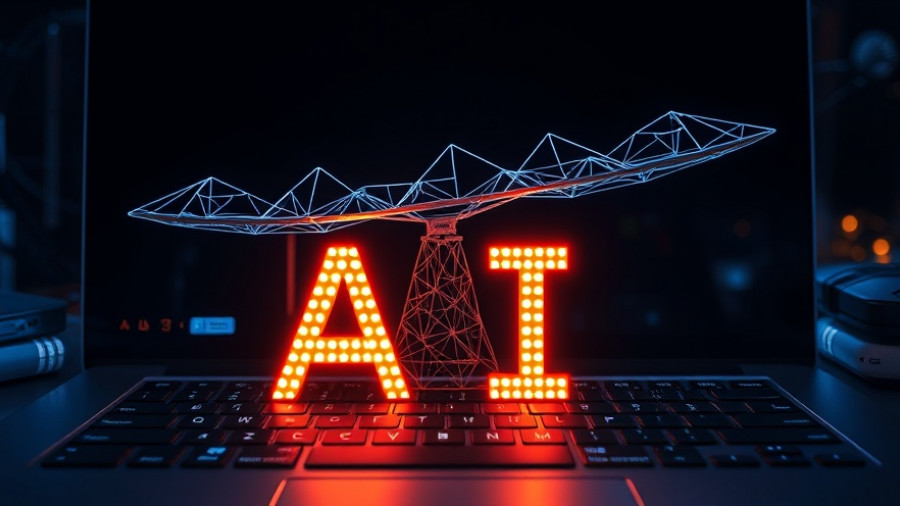
The Clash Over AI Regulations: A Growing Divide
The tensions between Anthropic, a prominent AI company, and the Trump administration have escalated recently, igniting debates over the critical topic of artificial intelligence regulation. At the heart of this conflict is a divergence in perspectives on AI's potential risks and how best to manage them.
Understanding the Players: Anthropic vs. The White House
Anthropic's co-founder, Jack Clark, has been vocal about the risks posed by advanced AI systems. During his speech at The Curve conference in Berkeley, California, he emphasized that AI is not merely a tool but a “real and mysterious creature” that can display unexpected behavior. This sentiment is a stark contrast to the views of the White House AI czar, David Sacks, who accuses Anthropic of manipulating public fear to influence regulatory outcomes. Sacks has suggested that the company's actions contribute to a hostile regulatory environment that threatens innovation within the startup ecosystem.
Historical Context: The Evolution of AI Regulation
As artificial intelligence continues to infiltrate various aspects of life, the emergence of regulatory frameworks becomes paramount. Historically, entities like Anthropic have strived for safety and ethical considerations in AI deployment. For example, Anthropic has taken a firm stance against the use of its AI model, Claude, in law enforcement, reflecting a commitment to ensuring AI does not exacerbate societal inequities. Conversely, the Trump administration’s AI Action Plan seeks to mitigate regulations under the belief that such constraints impede progress and efficiency in AI innovation.
The Bigger Picture: What This Means for the Tech Landscape
The current dispute raises essential questions about the future of AI governance and the types of regulations that will best serve the public interest. As AI technologies evolve, companies and governments will need to find a middle ground that supports innovation while addressing concerns over safety and unintended consequences. Clark’s call for open dialogue with the public underscores the need for collaboration in crafting effective policies. It remains to be seen how both parties will navigate these waters, but the outcome could set significant precedents for permissions and responsibilities in the tech industry.
The Human Element: Social Ramifications of AI Regulation
This conflict is not just a matter of corporate interests and policy-making; it significantly impacts society. The philosophical divide between viewing AI systems as benign tools versus complex systems demanding careful oversight brings emotional and ethical concerns to the forefront. As average citizens grapple with the implications of advanced technologies, those in positions of power must consider public sentiment, as Clark suggests, and develop regulatory frameworks that resonate with people’s lived experiences.
Without careful management, regulation strategies that ignore societal concerns may lead to backlash from citizens unprepared for the profound changes AI introduces to various sectors. Indeed, as technology evolves, we must ensure that our approaches to regulation evolve too, fostering a better understanding of AI's role in society.
Looking Forward: Future Insights into AI Regulation
While the battle between Anthropic and the White House plays out on social media and public platforms, the implications for future AI policy are profound. If the regulatory landscape shifts towards prioritizing innovation over caution, we could see accelerated technological advancements at the risk of safety concerns being sidelined. Conversely, if a more cautious and collaborative approach emerges, characterized by meaningful participation from AI companies like Anthropic, a balanced framework may be developed. This could pave the way for responsible innovation that benefits society at large.
In conclusion, the ongoing feud serves as a critical reminder of the importance of dialogue, transparency, and collaborative efforts in the realm of AI regulation. As stakeholders continue to engage with one another, the path forward may illuminate broader lessons regarding the relationship between technology, ethics, and governance for years to come.
 Add Row
Add Row  Add
Add 




Write A Comment